Swedish Meatballs



Swedish Meatballs
Follow for recipes
Get your FoodFfs stuff here
More Posts from Doodleglop and Others



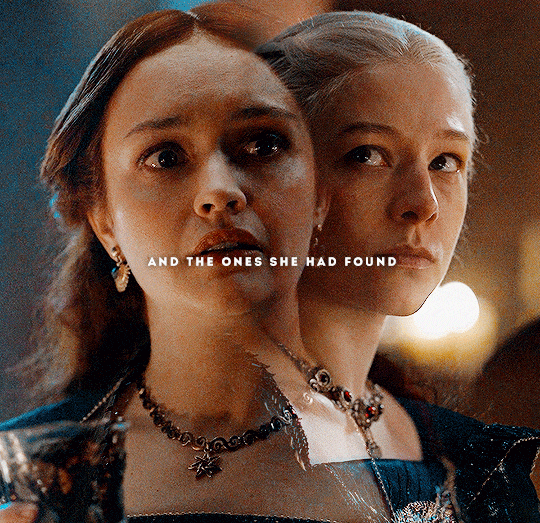

And she never wanted to leave, never wanted to leave, never wanted to leave…

Azuma Makoto, a 38-year-old artist based in Tokyo, launched two botanical arrangements into orbit: “Shiki 1,” a Japanese white pine bonsai tree suspended from a metal frame, and an untitled arrangement of orchids, lilies, hydrangeas, and irises.
I love that feeling of like… having alone time but also with someone? You know when you’re in the same room, sitting together on the sofa or the bed, quietly and separately doing your own things. Maybe leaning against each other or softly touching. Sometimes you don’t actually wanna talk but you’re still enjoying the silent presence of that person. There’s a sense of quiet, peaceful comfort.



I must be as s t r o n g as my lady mother.
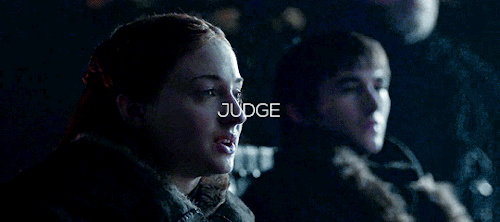


Tell them winter has come.
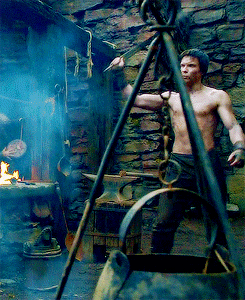
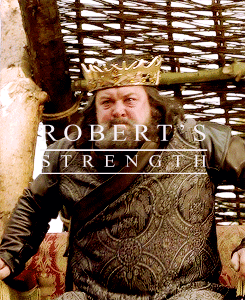

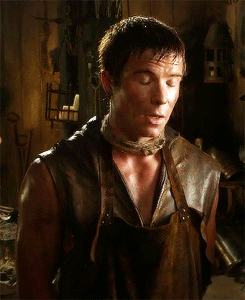
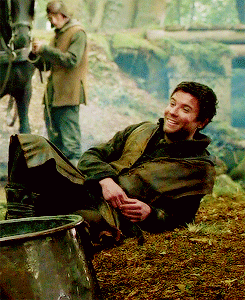

Gendry has Robert’s strength, Stannis’ stubbornness, Renly’s easy laugh. And though he doesn’t carry the name. He is a true Baratheon by blood.

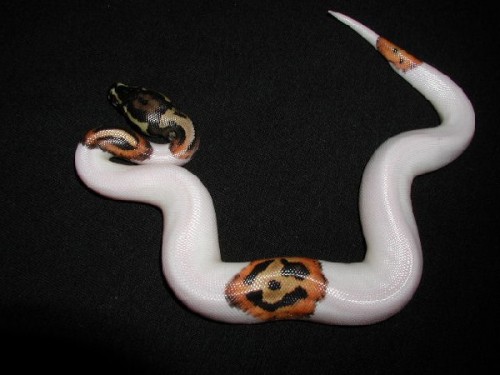
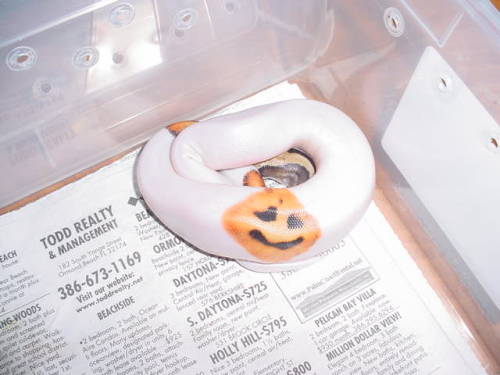
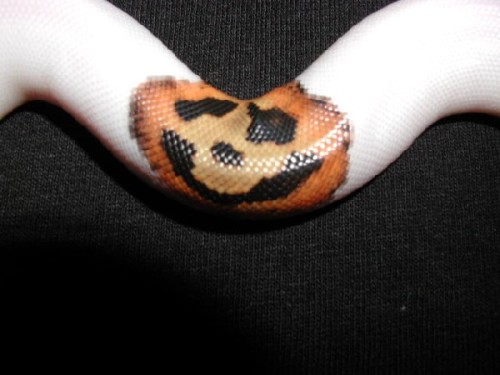
Eclipse 2017: A Unique Chance for Science
On Aug. 21, the Moon will cast its shadow down on Earth, giving all of North America the chance to see a solar eclipse. Within the narrow, 60- to 70-mile-wide band stretching from Oregon to South Carolina called the path of totality, the Moon will completely block out the Sun’s face; elsewhere in North America, the Moon will cover only a part of the star, leaving a crescent-shaped Sun visible in the sky.

Find eclipse times for your location with our interactive version of this map.
A total solar eclipse happens somewhere on Earth about once every 18 months. But because Earth’s surface is mostly ocean, most eclipses are visible over land for only a short time, if at all. The Aug. 21 total solar eclipse is different – its path stretches over land for nearly 90 minutes, giving scientists an unprecedented opportunity to make scientific measurements from the ground.
No matter where you are, it is never safe to look directly at the partially eclipsed or uneclipsed Sun. Make sure you’re prepared to watch safely, whether that’s with solar viewing glasses, a homemade pinhole projector, or online with us at nasa.gov/eclipselive.

Within the path of totality, the Moon will completely obscure the Sun’s face for up to 2 minutes and 40 seconds, depending on location. This will give people within the path of totality a glimpse of the innermost reaches of the Sun’s corona, the outer region of the atmosphere that is thought to house the processes that kick-start much of the space weather that can influence Earth, as well as heating the whole corona to extraordinarily high temperatures.
In fact, scientists got their first hint at these unusually high temperatures during the total solar eclipse of 1869, when instruments detected unexpected light emission. It was later discovered that this emission happens when iron is stripped of its electrons at extremely high temperatures.
This region of the Sun’s atmosphere can’t be measured at any other time, as human-made instruments that create artificial eclipses must block out much of the Sun’s atmosphere – as well as its bright face – in order to produce clear images.

We’re funding six science investigations to study the Sun’s processes on Aug. 21. Teams will spread out across the path of totality, focusing their instruments on the Sun’s atmosphere. One team will use a pair of retro-fitted WB-57F jets to chase the Moon’s shadow across the eastern US, extending the time of totality to more than 7 minutes combined, up from the 2 minutes and 40 seconds possible on the ground.
Our scientists are also using the Aug. 21 eclipse as a natural science experiment to study how Earth’s atmosphere reacts to the sudden loss of solar radiation within the Moon’s shadow.

One region of interest is Earth’s ionosphere. Stretching from roughly 50 to 400 miles above Earth’s surface, the tenuous ionosphere is an electrified layer of the atmosphere that reacts to changes from both Earth below and space above and can interfere with communication and navigation signals.

The ionosphere is created by ionizing radiation from the Sun. When totality hits on Aug. 21, we’ll know exactly how much solar radiation is blocked, the area of land it’s blocked over and for how long. Combined with measurements of the ionosphere during the eclipse, we’ll have information on both the solar input and corresponding ionosphere response, enabling us to study the mechanisms underlying ionospheric changes better than ever before.
The eclipse is also a chance for us to study Earth’s energy system, which is in a constant dance to maintain a balance between incoming radiation from the Sun and outgoing radiation from Earth to space, called the energy budget. Like a giant cloud, the Moon during the 2017 total solar eclipse will cast a large shadow across a swath of the United States.

Our scientists already know the dimensions and light-blocking properties of the Moon, and will use ground and space instruments to learn how this large shadow affects the amount of sunlight reaching Earth’s surface, especially around the edges of the shadow. This will help develop new calculations that improve our estimates of the amount of solar energy reaching the ground, and our understanding of one of the key players in regulating Earth’s energy system — clouds.
Learn all about the Aug. 21 eclipse at eclipse2017.nasa.gov, and follow @NASASun on Twitter and NASA Sun Science on Facebook for more. Watch the eclipse through the eyes of NASA at nasa.gov/eclipselive starting at 12 PM ET on Aug. 21.
Make sure to follow us on Tumblr for your regular dose of space: http://nasa.tumblr.com

Last night my husband showed me a local Beaumont news story about a woman died in my hometown as she tried to stay afloat in the floodwaters of Hurricane Harvey. The little girl was rescued alive, but the mother was unresponsive. I shook my head. The next morning, I saw a post in the Facebook group for my high school senior class about the tragedy. Photos appeared in the comments and that’s when I fell apart: police had identified the woman who died as my friend Collette.
Articles about her death were published all over the country. The LA Times called her death “a true testament to a mother’s will.” The NY Times headlined her as “Drowning Mama.” I don’t mention these descriptions because they’re wrong, they’re all true, but because it felt strange to read about someone I knew described as a near-anonymous victim.
Many people in my senior class had trouble remembering her. They dug up old yearbook photos and confirmed she did indeed graduate with us at West Brook Senior High School. That’s understandable, you can’t know everyone you went to high school with. But I knew her, and I’d like to write down what I remember about her before she becomes another Facebook profile memorial.
I don’t remember how I met Collette. It must have been soon after I moved back to Texas, and we were friends from middle school until we graduated from high school. We ate lunch together when we had matching lunch periods, went to the movies, showed up at each other’s parties, had sleepovers and hung out at the mall. I can see her sitting on my couch, or my bedroom floor, chatting the night away about nothing in particular. One night, just for fun, I recorded our voices and played it back.
“Turn it off,” she said. “That conversation was boring the first time.”
One day I took a plastic frog to school and pretended to pick it up from the ground. I told her I’d caught a real frog and when I tried to show it to her, she backed away. I tossed it at her and she squealed and ran off. When she came back I admitted it was plastic and she gave me that smile and rolled her eyes. At lunch, I left the frog on my soda can while we went to the food line and when we came back, a group of kids were circling it. Thinking they were crushing a real frog, they smacked the can and spilled soda all over Collette’s food. She was very forgiving.
She was late for every movie. All of them. Not “missed the previews” late, not even “thirty minutes in” late. She would show up a full hour into every show. I usually let her pick the film and she’s the reason I saw Curly Sue and Threesome in the theater. Threesome was so bad, I leaned over near the end and whispered, “This is awful, let’s just go.”
She folded her arms and clenched her teeth. “I paid to see this movie,” she said, “and I’m gonna’ watch it.”
I didn’t argue with her, she’d paid full price to see half a movie. I sat back and watched Stephen Baldwin have an awkward sex scene because fair was fair.
People gave her a hard time about her weight. “You have such a pretty face, they tell me,” she said once. “You would be so pretty if you lost weight. That just, uch…” She didn’t need to put into words how vicious and useless it was to say things like that. Collette was tougher than the people who tried to define her by her body.
Collette and her mother were close. One year her mother rented a hotel room for her daughter’s birthday and invited a group of us to stay. We watched Single White Female and scared ourselves to death. There was cake and a sparkly chandelier from Party City and we stayed up too late and it was one of the best nights of my life. Collette loved parties.
Dooney and Burke handbags were a must-have among affluent girls at my high school. We weren’t affluent girls, but Collette’s mom gave her the money to buy one anyway. There was only one store that sold them at Parkdale Mall and they had a reputation for using saleswomen to intimidate teens into leaving the store. I didn’t want to shop in a store like that but she wanted me to go along so I went with her for support. She marched right up to the counter and picked out a purse without paying any attention to how the saleswomen were looking at her. Collette was fearless.
I tried to find pictures, but I haven’t yet. Pictures were physical back then. I did find the note she wrote me in our senior yearbook. It read:
Hi Georgia,
Well, it’s four years later and soon we’ll be off to college. I can’t believe we’re SENIORS. We’ve had a lot of fun over the years but it seems like we’re always busy. Good luck in college and the future. Have fun and remember you only live once.
Love,
Collette Sulcer
Ps. Stay in touch.
We didn’t. Every graduate in 1994 knew how hard it would be to stay in touch in a world that had stopped writing letters but hadn’t yet discovered cellphones, Facebook and e-mail. I went out of state and she went to Lamar. She became the kind of medical technician her co-workers can’t stop raving about. An entire hospital of medical professionals in Port Arthur, Texas is grieving her tonight.
When Facebook took off, we found each other again and I followed her life from a distance. She had a baby and I thought, “We’re both mothers now, look at us.” On August 27, I was working late and I saw a Facebook notification pop up that read, “Collette Sulcer has marked herself safe from Hurricane Harvey.”
“That’s nice,” I thought. She was in Beaumont, not Corpus or Houston. She was safe.
Except a few hours later, she wasn’t.
I’d been thinking about Collette a lot lately because I’ve been writing about her. I’ve often written about her, under different names and characters. She exemplified how to be a friend, and I admired her honesty, her positivity, her support and her compassion. Collette was someone I wished I could be more like.
I hope Jordyn reads this someday, when she’s older. I’d like her to know what her mother was like when she was young, that she was a hero who loved her more than her own life, but that she was also a person worth knowing who uplifted everybody who knew her. They deserved more time together.

♡
-
 mallmomfood reblogged this · 6 years ago
mallmomfood reblogged this · 6 years ago -
 flavorblastedpasta reblogged this · 7 years ago
flavorblastedpasta reblogged this · 7 years ago -
 cake-a-boo-blog reblogged this · 7 years ago
cake-a-boo-blog reblogged this · 7 years ago -
 cake-a-boo-blog liked this · 7 years ago
cake-a-boo-blog liked this · 7 years ago -
 ks-recipes reblogged this · 7 years ago
ks-recipes reblogged this · 7 years ago -
 willcecil reblogged this · 7 years ago
willcecil reblogged this · 7 years ago -
 dragonscrush reblogged this · 7 years ago
dragonscrush reblogged this · 7 years ago -
 im-just-another-blogger-blog1 liked this · 7 years ago
im-just-another-blogger-blog1 liked this · 7 years ago -
 captain-krazy reblogged this · 7 years ago
captain-krazy reblogged this · 7 years ago -
 clairebearinherunderwear liked this · 7 years ago
clairebearinherunderwear liked this · 7 years ago -
 dappercookiexd reblogged this · 7 years ago
dappercookiexd reblogged this · 7 years ago -
 idkwhoiameithersworld liked this · 7 years ago
idkwhoiameithersworld liked this · 7 years ago -
 yamsooni liked this · 7 years ago
yamsooni liked this · 7 years ago -
 whats-for-dinner reblogged this · 7 years ago
whats-for-dinner reblogged this · 7 years ago -
 theluckykind reblogged this · 7 years ago
theluckykind reblogged this · 7 years ago -
 lundbergkenneth liked this · 7 years ago
lundbergkenneth liked this · 7 years ago -
 bread-clown reblogged this · 7 years ago
bread-clown reblogged this · 7 years ago -
 mcfugghas reblogged this · 7 years ago
mcfugghas reblogged this · 7 years ago -
 best-finestsurgeon reblogged this · 7 years ago
best-finestsurgeon reblogged this · 7 years ago -
 doodleglop reblogged this · 7 years ago
doodleglop reblogged this · 7 years ago -
 doodleglop liked this · 7 years ago
doodleglop liked this · 7 years ago -
 stellecraft reblogged this · 7 years ago
stellecraft reblogged this · 7 years ago -
 rbrownie90 liked this · 7 years ago
rbrownie90 liked this · 7 years ago -
 lchupanibre reblogged this · 7 years ago
lchupanibre reblogged this · 7 years ago -
 afrocentricheavymetalgoddess liked this · 7 years ago
afrocentricheavymetalgoddess liked this · 7 years ago -
 del-fuego reblogged this · 7 years ago
del-fuego reblogged this · 7 years ago -
 eh-im-bored liked this · 7 years ago
eh-im-bored liked this · 7 years ago -
 fuckingravenous reblogged this · 7 years ago
fuckingravenous reblogged this · 7 years ago -
 camila0023-blog1 liked this · 7 years ago
camila0023-blog1 liked this · 7 years ago -
 gbdinfinitedrill reblogged this · 7 years ago
gbdinfinitedrill reblogged this · 7 years ago -
 gbdinfinitedrill liked this · 7 years ago
gbdinfinitedrill liked this · 7 years ago -
 ashk94 reblogged this · 7 years ago
ashk94 reblogged this · 7 years ago -
 ashk94 liked this · 7 years ago
ashk94 liked this · 7 years ago -
 skepticalmuppet liked this · 7 years ago
skepticalmuppet liked this · 7 years ago -
 get-in-my-bellly reblogged this · 7 years ago
get-in-my-bellly reblogged this · 7 years ago -
 get-in-my-bellly liked this · 7 years ago
get-in-my-bellly liked this · 7 years ago -
 pjroane liked this · 7 years ago
pjroane liked this · 7 years ago -
 munchiemonsterboo reblogged this · 7 years ago
munchiemonsterboo reblogged this · 7 years ago -
 alexnavarazenara liked this · 7 years ago
alexnavarazenara liked this · 7 years ago -
 this-song-is-a-lie reblogged this · 7 years ago
this-song-is-a-lie reblogged this · 7 years ago